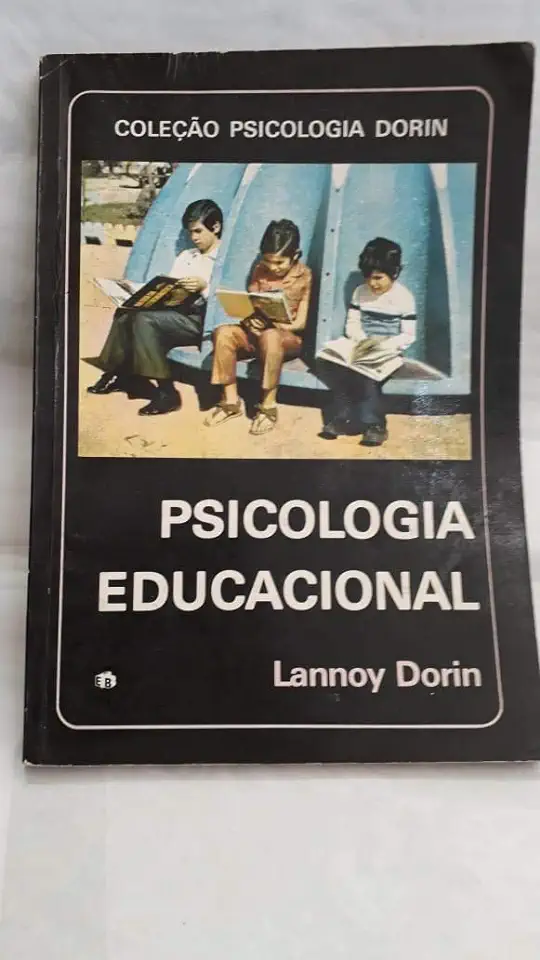
Educational Psychology - Lannoy Dorin
Educational Psychology: A Comprehensive Guide to Teaching and Learning
Introduction
Educational psychology is the study of how people learn and how to best facilitate that learning. It is a field that draws on a variety of disciplines, including psychology, education, and neuroscience. Educational psychologists work to understand how students learn, how teachers can best help them learn, and how to create effective learning environments.
Learning Theories
One of the most important aspects of educational psychology is the study of learning theories. Learning theories provide a framework for understanding how people learn and how to best facilitate that learning. There are many different learning theories, each with its own strengths and weaknesses. Some of the most common learning theories include:
- Behaviorism: Behaviorism is based on the idea that learning is a result of observable changes in behavior. Behaviorists believe that learning can be shaped by rewards and punishments.
- Cognitivism: Cognitivism is based on the idea that learning is a result of mental processes. Cognitivists believe that learning involves the acquisition of knowledge and skills, and that these can be developed through instruction and practice.
- Constructivism: Constructivism is based on the idea that learning is a result of active construction of knowledge. Constructivists believe that learners construct their own understanding of the world through their experiences.
- Social learning theory: Social learning theory is based on the idea that learning is a result of observing and imitating others. Social learning theorists believe that learning can be facilitated by providing models of desired behaviors.
Teaching Methods
Another important aspect of educational psychology is the study of teaching methods. Teaching methods are the strategies that teachers use to help students learn. There are many different teaching methods, each with its own strengths and weaknesses. Some of the most common teaching methods include:
- Lecture: Lecturing is a traditional teaching method in which the teacher presents information to the students.
- Discussion: Discussion is a teaching method in which the teacher and students engage in a dialogue about a topic.
- Problem-solving: Problem-solving is a teaching method in which students are presented with a problem and asked to find a solution.
- Project-based learning: Project-based learning is a teaching method in which students work on a long-term project that requires them to apply their knowledge and skills.
Assessment
Assessment is another important aspect of educational psychology. Assessment is the process of measuring student learning. There are many different assessment methods, each with its own strengths and weaknesses. Some of the most common assessment methods include:
- Tests: Tests are a traditional assessment method in which students are asked to answer questions about a topic.
- Quizzes: Quizzes are short tests that are used to assess student learning on a specific topic.
- Projects: Projects are long-term assignments that require students to apply their knowledge and skills.
- Portfolios: Portfolios are collections of student work that demonstrate their learning over time.
Educational Psychology in Practice
Educational psychology is a field that has a wide range of applications in the real world. Educational psychologists work in a variety of settings, including schools, universities, and businesses. They work with students, teachers, and administrators to help improve teaching and learning.
Educational psychology is a valuable field that can help to improve the lives of students and teachers. By understanding how people learn and how to best facilitate that learning, educational psychologists can help to create more effective learning environments and improve student outcomes.
Conclusion
Educational psychology is a fascinating and complex field that has a profound impact on our lives. By understanding how people learn and how to best facilitate that learning, we can help to create a better world for everyone.